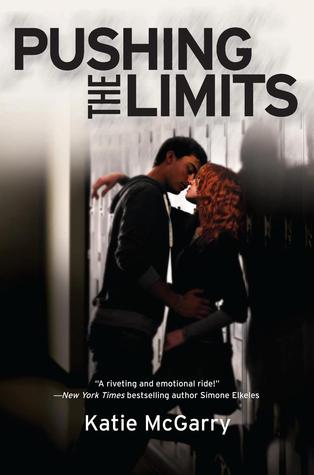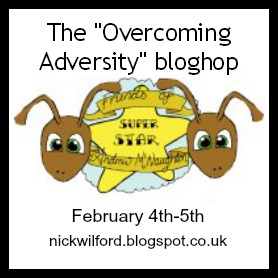Purple Prose [Search results for fears]
Emotion Behind Story: Part One

Plots and Hooks, Think Symphony!

On the Dark Side: Adding Dimension

THE LOVE PROGRAMME-- Zanna Mackenzie

The Emotional Structure of Tangled: Part One

One, Two, Three to Analyzing Great Stories

A Look at Unconditional-- with author Tanya Eavenson

The Emotional Structure of Tangled: Part Two

Realizing Your Characters’ Fears

Generation Dead

Overcoming Adversity Blogfest

Understanding Human Nature


